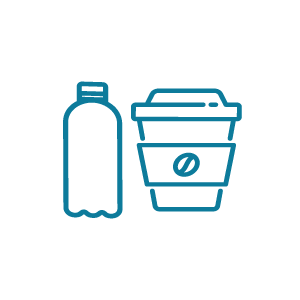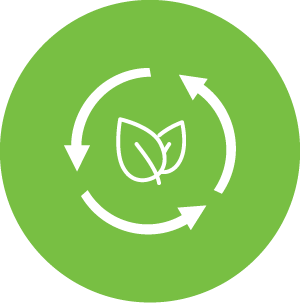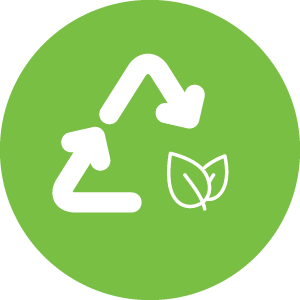The Plastics Problem
An Overview
- Currently, 98% of the inputs used to create plastic packaging are made from virgin (non-recycled) materials.
- 90% of plastics are never recycled
- The result: plastic increases in landfills, incinerators, and our environment.
Bio-Based Plastics Definition
Plastics Derived From Renewable Inputs

Compostable Bio-Based Plastics Can Help Combat Plastic Pollution

Less food/plastic waste to landfill

Reduced landfill methane emissions

Compost as soil amendment
Compostable Bio-Based Plastics: Keys to Success

Use where it makes sense: bringing food waste to composters

Develop composting infrastructure: expand commercial scale compost facilities in the U.S.

Clear labeling: help users and processors understand if material should be composted or recycled
Bio-based Plastics
Part of the Solution

Improved Circularity

Reduce Fossil Fuel Consumption

Versatile End-of-Life Options

Same or Better Functionality

Boost to U.S. Bioeconomy
Download a printable PDF of our Bio-Based Plastics 101 information.
Do you have questions about bioplastics? Get them answered quickly with our Bioplastics FAQs.
